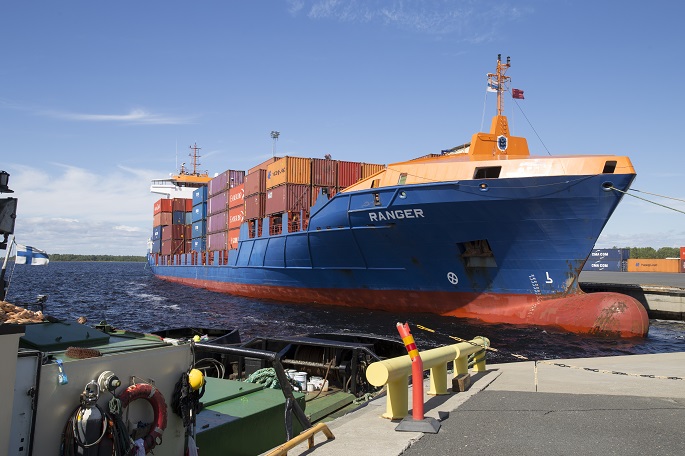IMF forecasts lower economic growth next year
Published : 07 Nov 2018, 02:58
Updated : 07 Nov 2018, 10:24
The recovery of Finnish economy continues and the growth is expected to be high this year but lower next year and over the medium term, said the International Monetary Fund (IMF) in a statement on Tuesday.
An IMF delegation currently visiting Finland has submitted the statement containing its conclusions on the Finnish economy and the stability of the financial sector to the authorities, said the Bank of Finland in a press release.
The statement is based on discussions held by IMF representatives with Finnish authorities as well as representatives of social partners, private financial institutions, research institutes and other relevant parties.
The statement said structural reforms have been successful in bringing more people to work, but, given a shrinking population, permanently raising potential growth ultimately requires higher productivity growth, said an IMF press release.
More dynamism in the labour market would help workers find the most suitable jobs and boost the transfer of skills across the economy. The public finances have benefitted from the upswing in growth, but maintaining steady and moderate reduction in fiscal deficits is advisable, given the prospect of increasing demands for social services from an aging population, said IMF.
According to the IMF delegation, a broader macro-prudential toolkit would be useful to prevent an escalation of household financial vulnerabilities and stronger powers to protect borrowers should be considered, given rapidly-increasing consumer lending, especially through non-bank lenders.
The outlook said Finland is enjoying its third consecutive year of economic recovery. Strong growth has continued into 2018. The employment rate has picked up sharply and the unemployment rate has declined to its lowest level since 2011.
Wages have started to recover, but inflation remains low. A pick-up in exports has improved external balances, while stronger tax revenues and lower spending, including on unemployment benefits, have improved fiscal balances.
But growth is likely to slow after peaking this year. Growth in 2018 is expected to be 2.8 per cent, then 1.9 per cent in 2019 as global demand slows and financial conditions tighten. There are downside risks to this outlook, particularly from the global environment: an increase in protectionism could weaken demand for Finnish exports and damage confidence, and higher bank funding costs could mean tighter credit.


